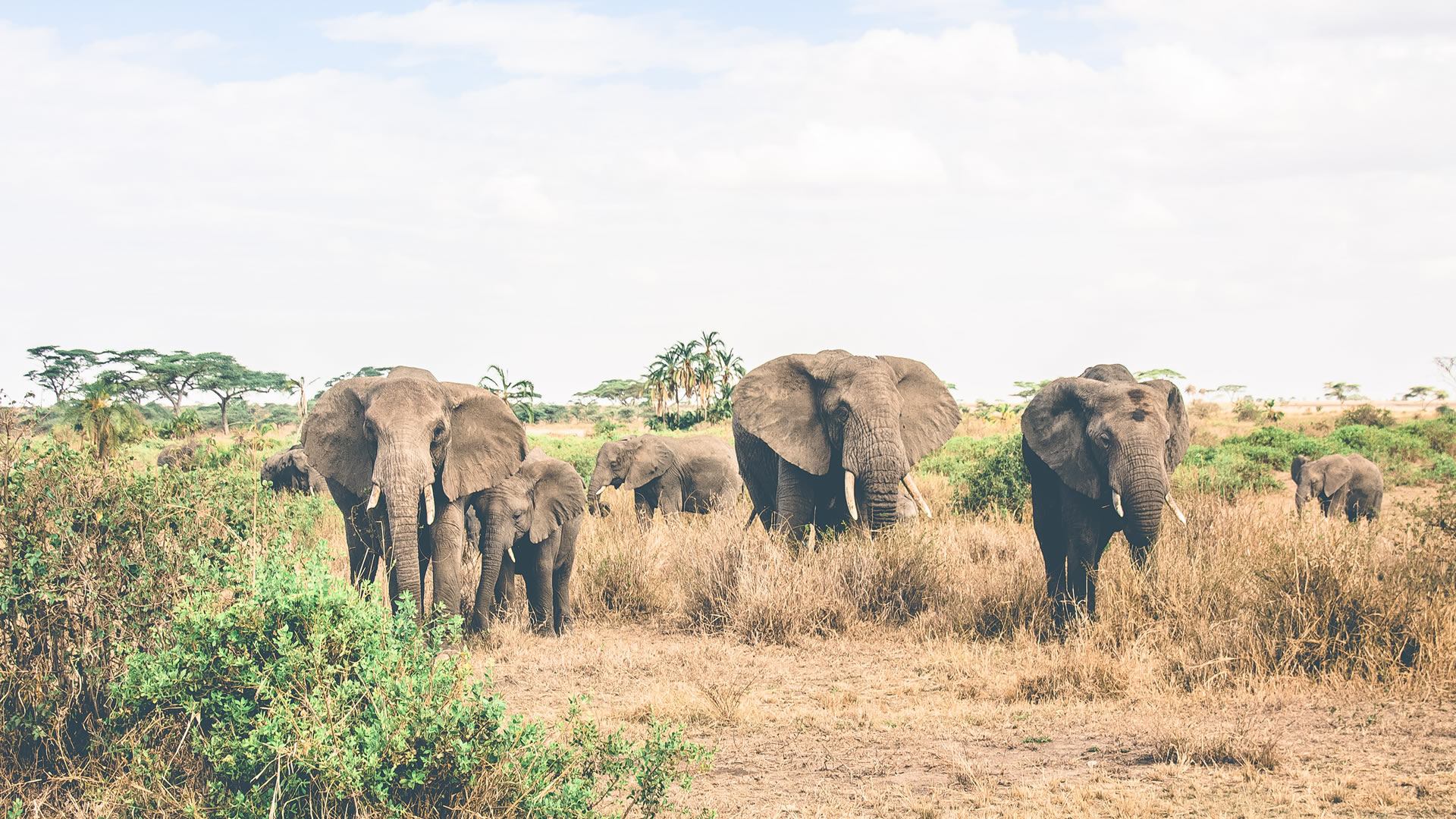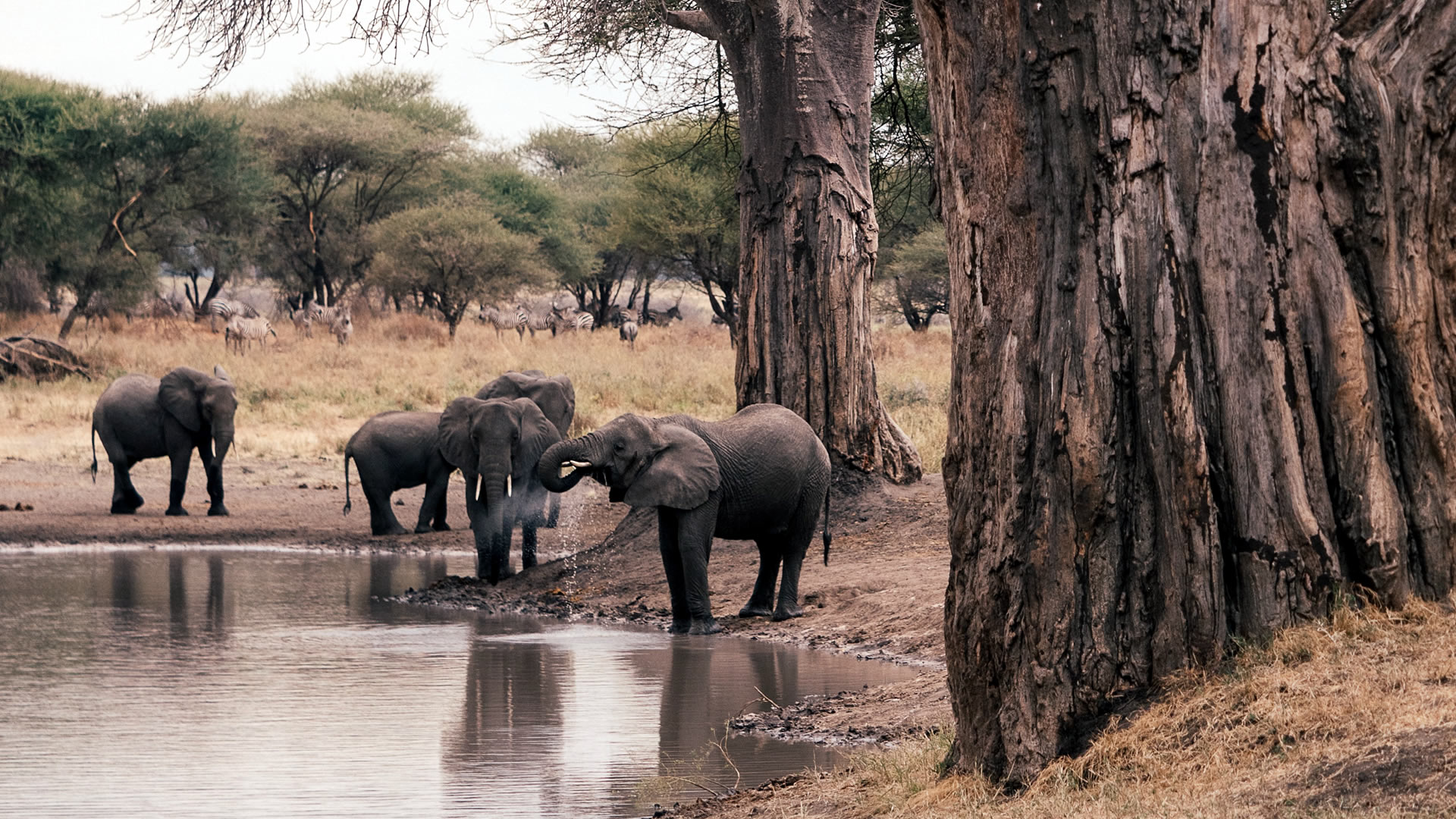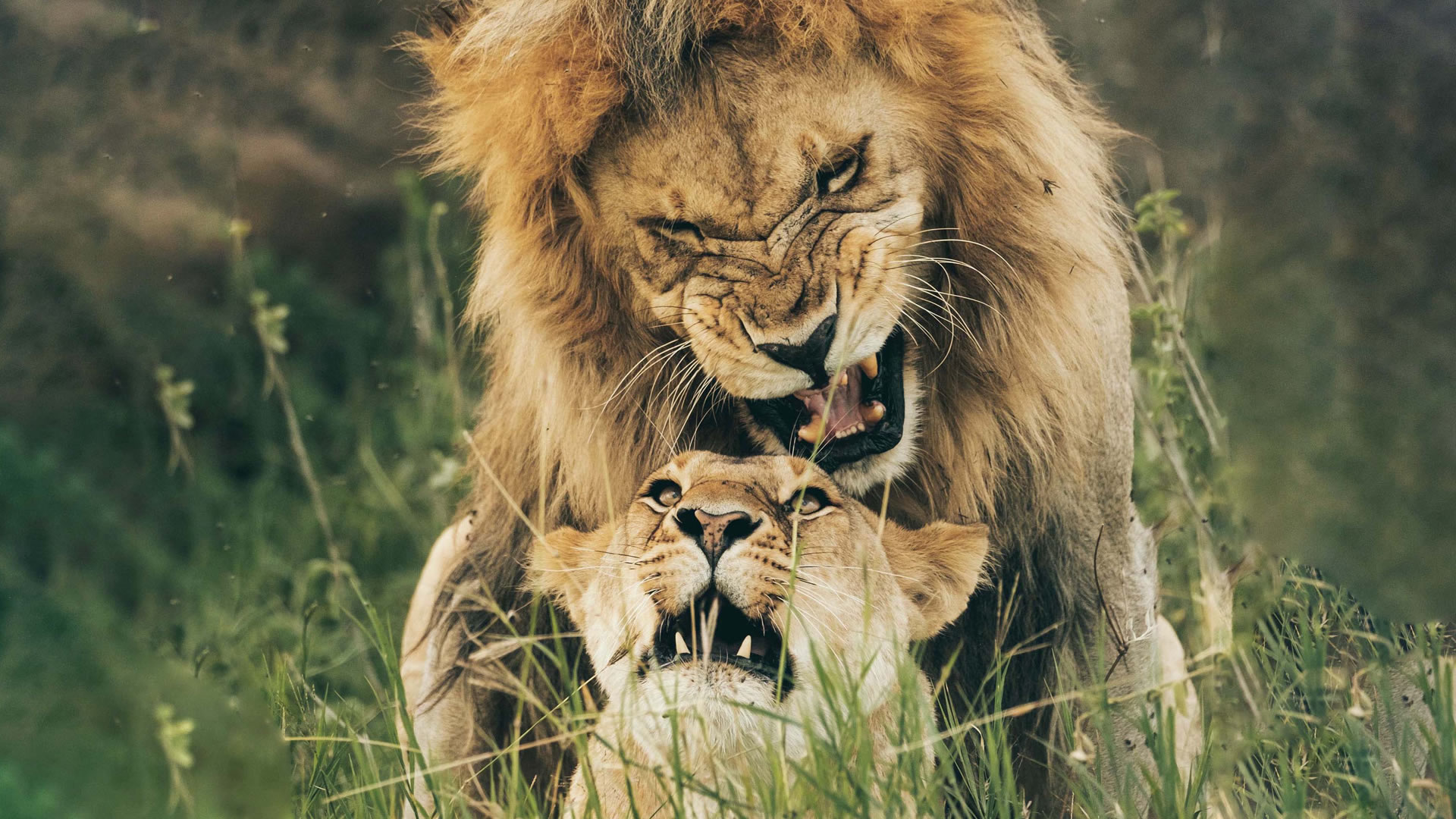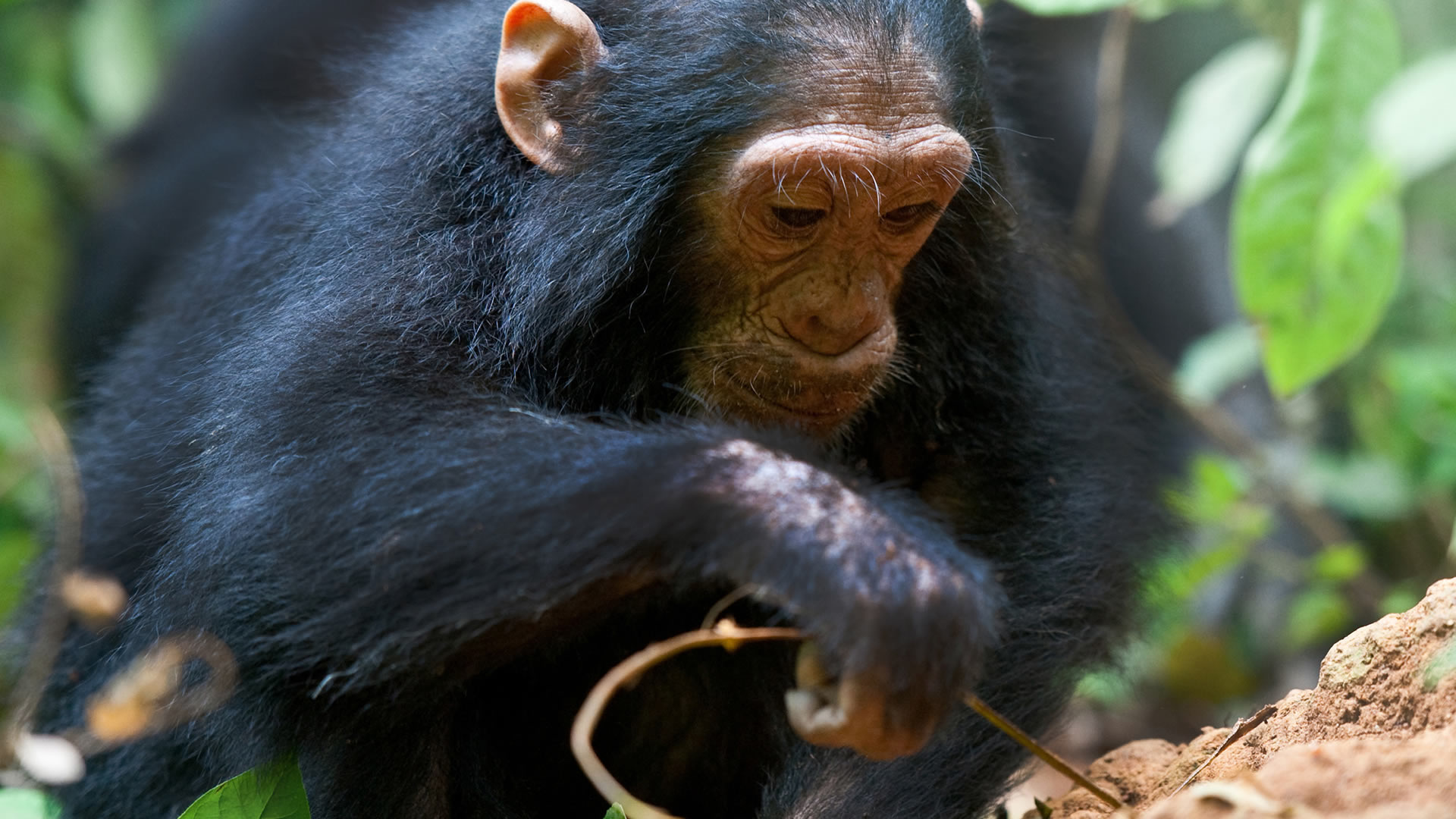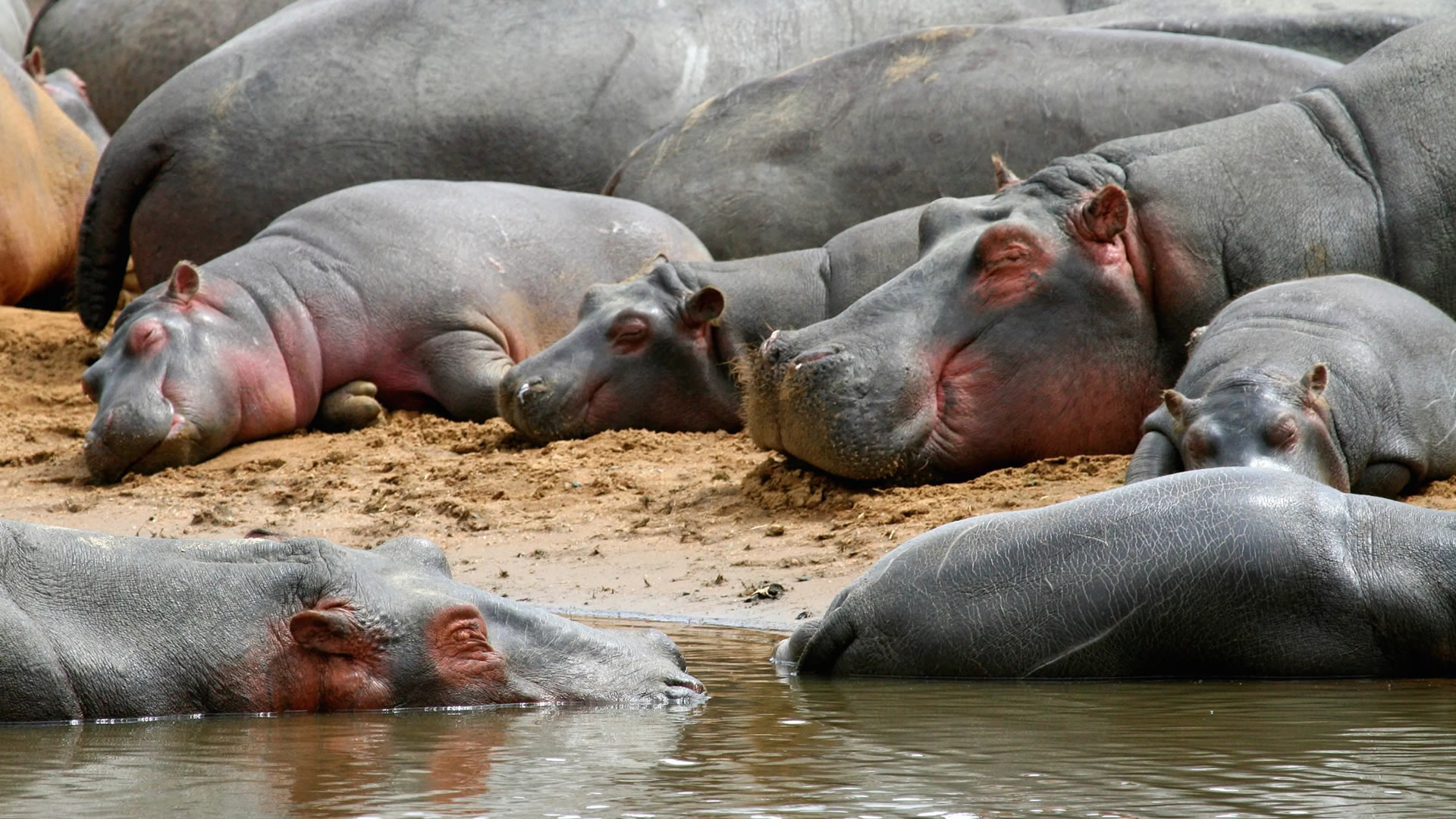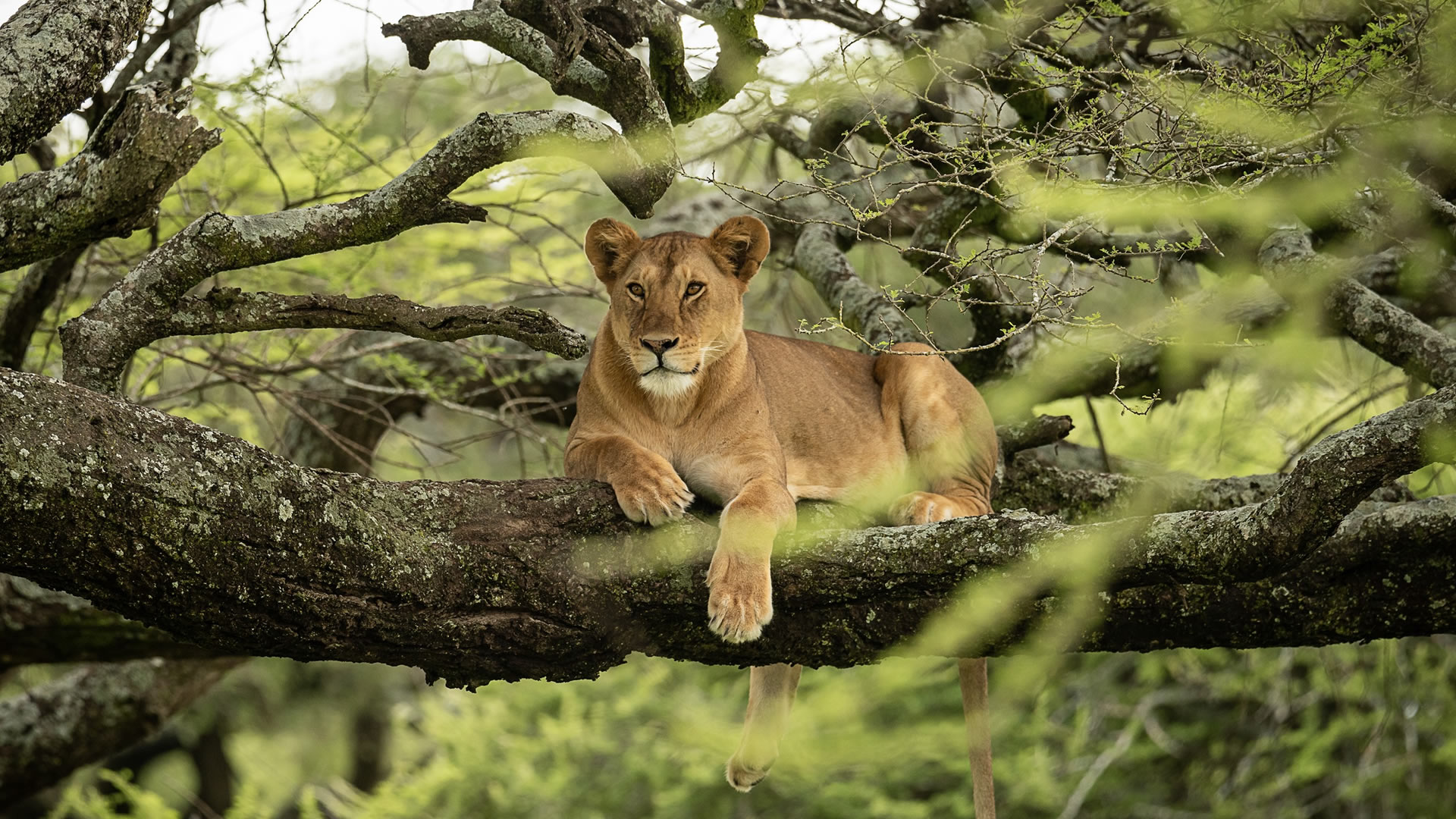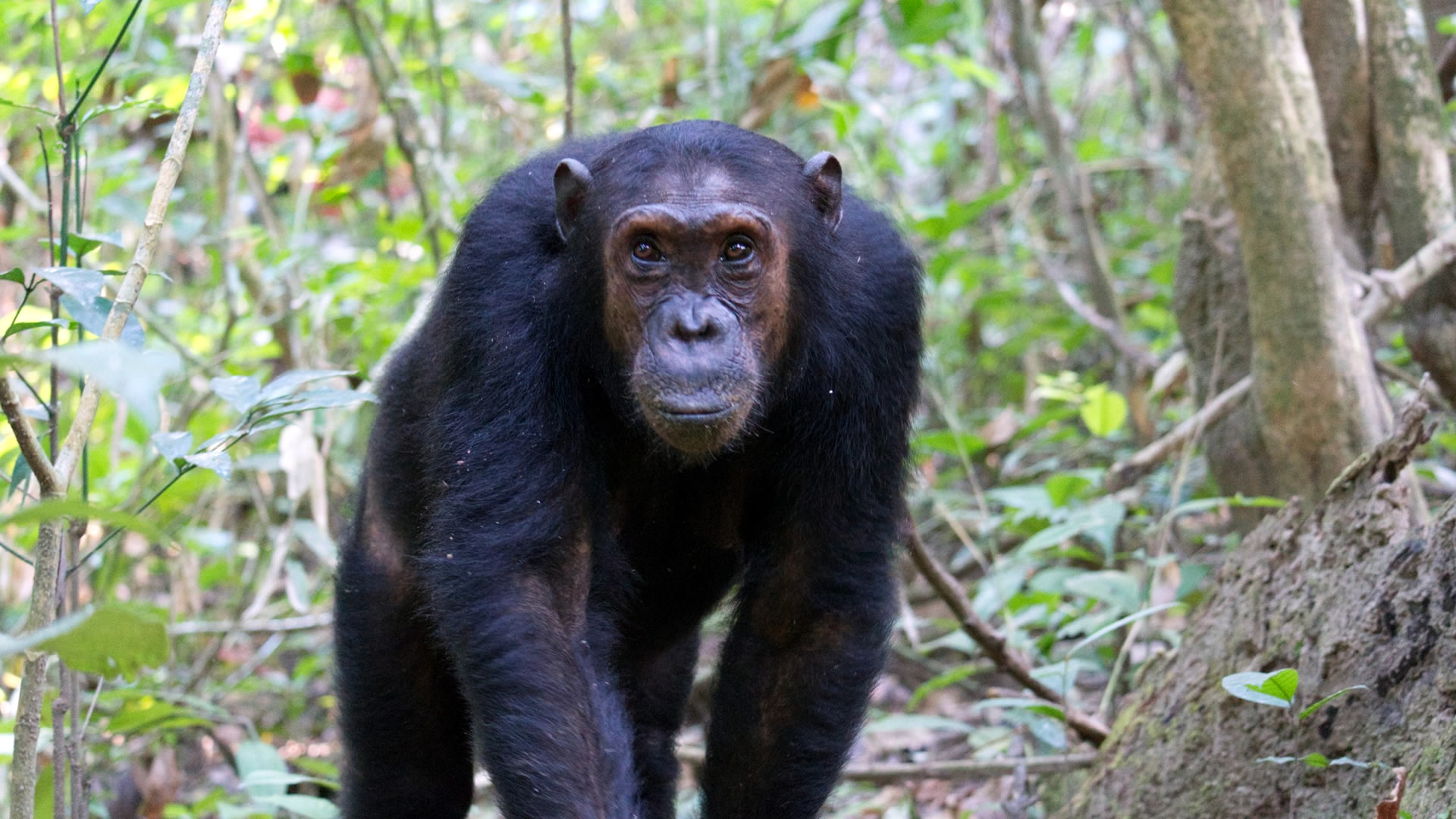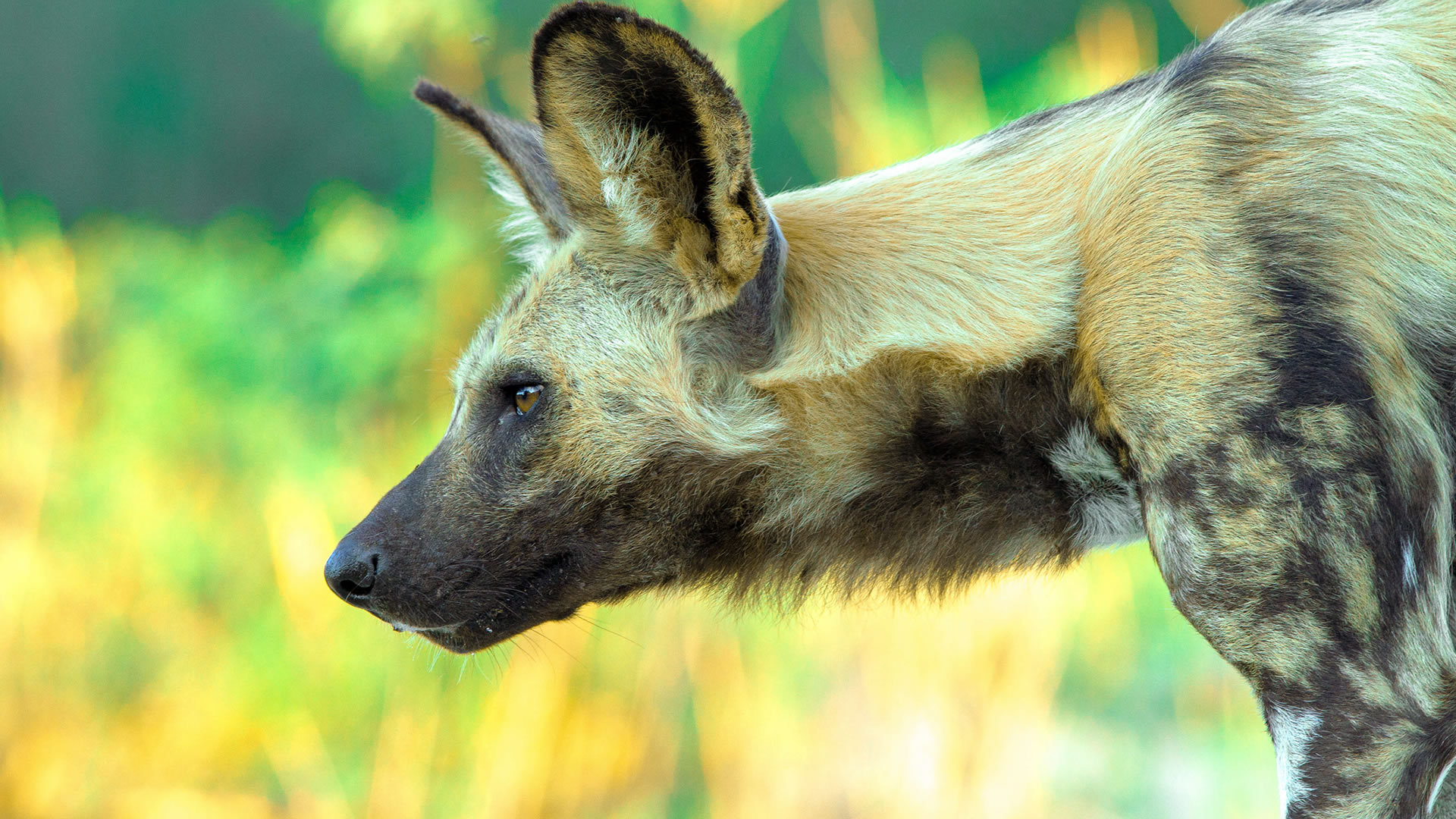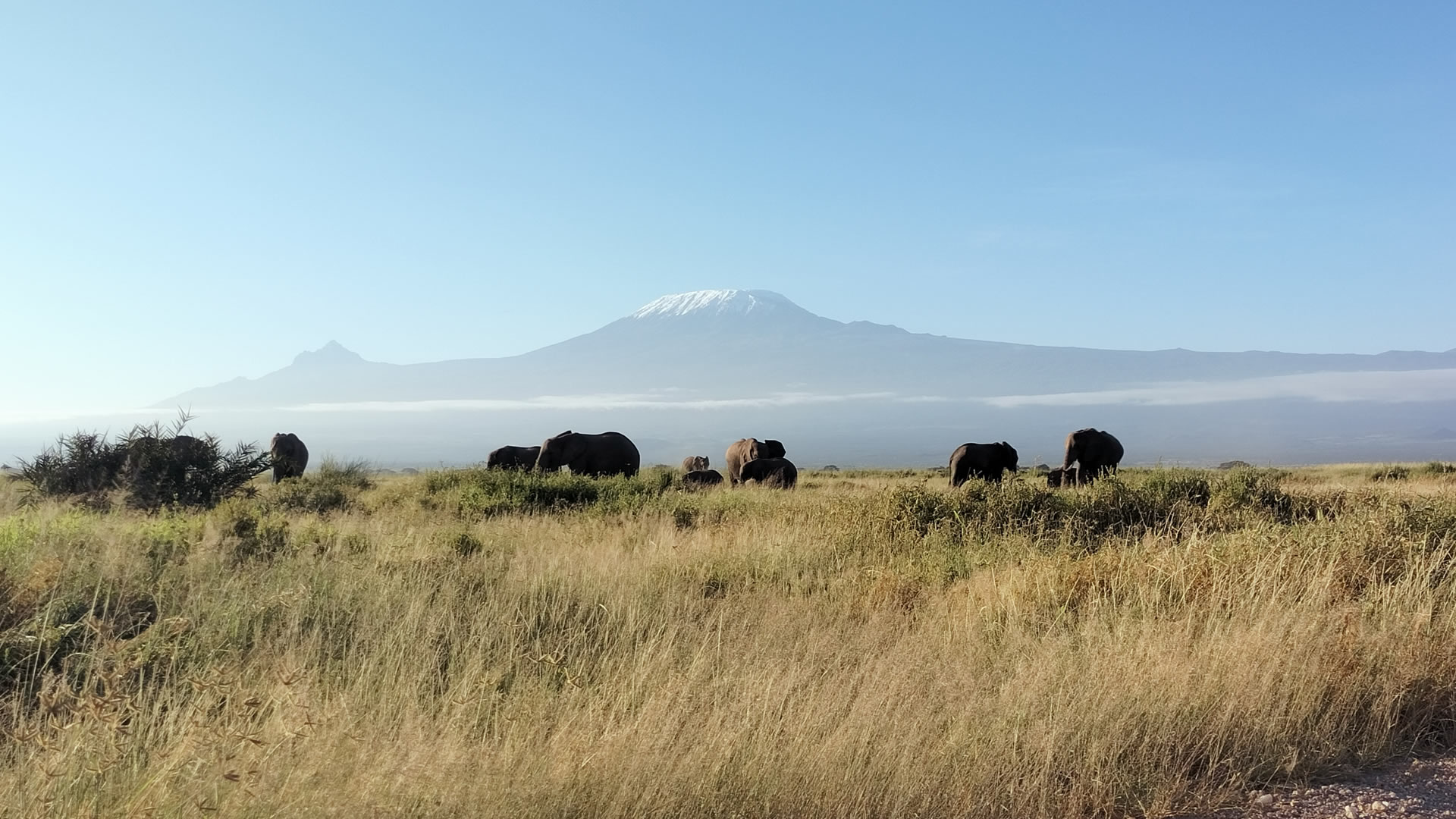Arusha National Park
Arusha National Park, near the city of Arusha in northern Tanzania, is a hidden gem among the national parks of the country. It hosts a surprisingly varied landscape which is dominated by the giant horse-shoe shaped crater of Mount Meru (Tanzania’s second highest mountain). Visitors to the park can take part on a game walk with an armed ranger and/or participate in a game drive around the Momella Lakes and to Ngurdoto Crater.
The Momella Lakes are a group of alkaline lakes that are fed by underground streams of water. Each has its own shade of green (depending on the weather!); a result of their differing mineral content and forms of algae. This attracts and supports many water birds including flamingos, Egyptian geese and, a variety of water fowls. Between the lakeside and herds of grazing zebra, waterbucks can be seen displaying their impressive horns.
On clear mornings, it is possible to see the snow-capped Kilimanjaro. However, it is not Kilimanjaro which dominates this park’s horizon, but it’s “little brother”, Mount Meru. Standing at 4566 m, it is the second highest mountain in Tanzania and also the fifth highest mountain in Africa. The strenuous but rewarding climb to the summit takes you through grassland and lush rainforest, where one is likely to spot wildlife, and onto the knife-edge crater rim via moor and heather landscapes. Stunning views into the crater and breathtaking views across to the majestic Kilimanjaro make this an incredible climbing experience!
Arusha National Park
Arusha National Park is dominated by Mt Meru (4,562m/14,967ft), Tanzania’s second-highest peak after Mt Kilimanjaro. The popular climb takes four days. A day hike to Meru Crater is less challenging, but very rewarding too. Wildlife viewing is rather low-key, but the varied landscapes, flocks of flamingos and superb forest birding make the park a great addition to a Northern circuit safari.
The Momella Lakes area is best for seeing buffalo, giraffe, defassa waterbuck and Kirk’s dik-dik. There is less general wildlife in the forest areas of the park but keep your eyes open for bushbuck and the beautiful, but very shy, Harvey’s red duiker. If you’re lucky you might see elephants too. The park’s flagship animal is the Kilimanjaro colobus, a type of monkey that only otherwise occurs on Mt Kilimanjaro and in two obscure forests in Kenya.
The most prominent landmark in Arusha is Mt Meru. Ngurdoto Crater is another highlight not to be missed. With its forested walls, the 400m-/1,300ft-deep extinct volcano is often described as a mini Ngorongoro. And no visit to the park is complete without a drive around the Momella Lakes. Flocks of flamingos usually make for some great photo opportunities, and on a clear day a backdrop of Mt Kilimanjaro completes the scene.
Wildlife Experience
Arusha National Park is the ‘odd one out’ in Tanzania’s Northern safari circuit – of the Big Five, only buffalo is regularly seen. There are plenty of photographic opportunities though. You’ll see large groups of giraffes walking in front of Mt Meru, troops of monkeys swinging between trees and hippos bobbing up and down in the Momella Lakes.
Arusha National Park is home to many forest-dwelling animals not often encountered in northern Tanzania, including blue monkey and Kilimanjaro colobus. You’ll see many bushbuck. Also keep an eye out for Harvey’s red duiker and suni – these unusual antelope thrive in the park’s primary forest. The only large predators are leopard and spotted hyena, but you might see a serval or even an African wild cat.
Birdlife Experience
Arusha National Park should be on every bird-watcher's itinerary in Tanzania. Over 400 species recorded in such a small park is quite an impressive count. The Momella Lakes are great for waterbirds: flamingos, pelicans, little grebes, a variety of herons and ducks are all common. Augur buzzard, Verreaux's eagle and other cliff-associated raptors can often be seen flying above Ngurdoto Crater. Migratory birds are present from November to April.
Locate the Arusha National Park
Getting There
Arusha National Park is only a 45-minute* drive from the town of Arusha, the starting point of any safari in northern Tanzania. There are several ways to get to Arusha. The easiest is to get a direct flight to Kilimanjaro International Airport (JRO), which is situated about 50km/31mi from Arusha. The drive from the airport to Arusha takes about 1½ hours*. Alternatively, you can fly to Julius Nyerere International Airport (DAR) in Dar es Salaam and get a connecting domestic flight to Arusha Airport (ARK) or Kilimanjaro International Airport (JRO). In most cases, your tour operator will pick you up from the airport and take care of further transportation.
Best time to visit
Arusha National Park can be visited throughout the year, but the Dry season (June to October) is the best time for wildlife viewing. Wildlife is easier to spot because vegetation is thinner and animals gather around predictable water sources. April tends to be very wet. At this time some of the roads might become difficult to navigate, which can interfere with your wildlife-viewing experience.

